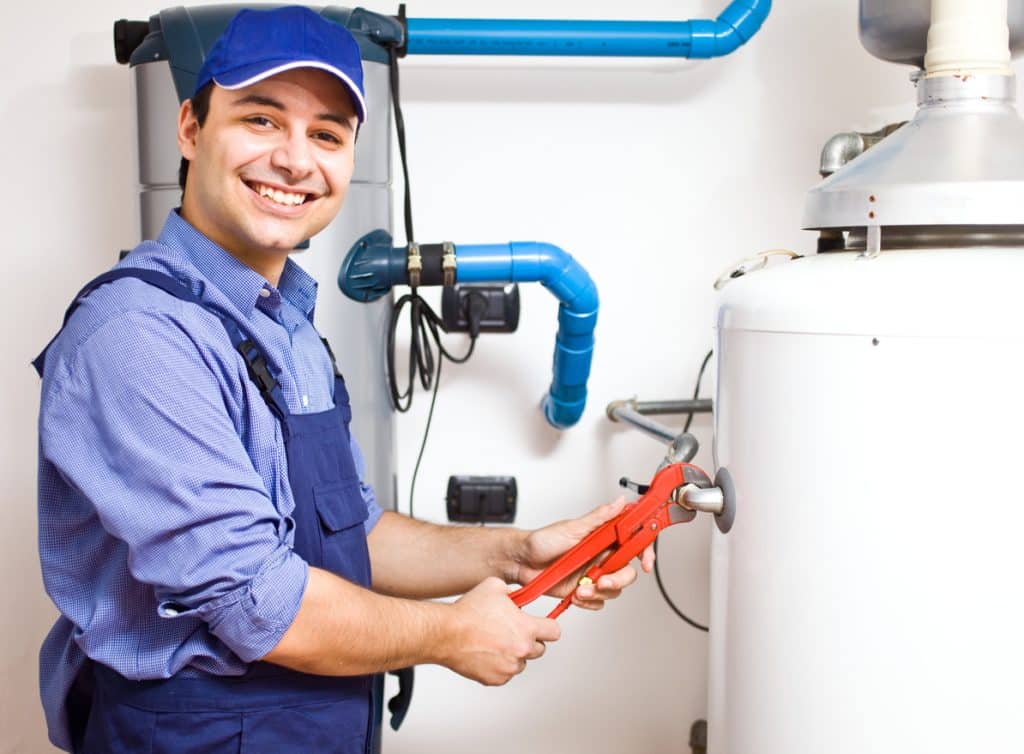As humans, we rely a lot on hot water. Whether it’s for thoroughly cleaning our clothes or taking a nice warm shower, having that heat in the water is a necessity. For this reason, every home is outfitted with a hot water heater. Here are some key things you should know about the water heater in your house.
Tank vs. Tankless Heaters
One of the very first things you’ll notice when you start researching water heaters is that there are two main types. These include a tanked water system that’s described as a cylindrical tank that holds hot water and a tankless water heater that’s a small box mounted on the wall.
With a tank-style water heater, the water is heated using electricity or gas and kept inside the storage tank until you need it. On the other hand, a tankless water heater will heat water on demand so that there’s no need to store it.
The Basic Components
Both types of water heaters will have basic components on their inside that every homeowner should be aware of. One of the most important is the water heater’s thermostat. Typically, you can set this anywhere between 120 and 180 degrees Fahrenheit. Most manufacturers recommend setting your water heater between 120 and 140 degrees.
At the top of your hot water tank, there will be a cold water inlet. This allows cold water from your home’s water system to flow into the hot water heater and down the dip tube to get heated. At the very bottom of your tank, you’ll find a drain valve. This is necessary for flushing out your hot water heater.
At the side of your water heater, you’ll notice a relief valve that’s necessary to allow any excess pressure to escape the tank when pressure levels get too high. Additionally, each tank will have at least one anode rod that’s positioned inside the water heater tank. If you have an electric water heater, there will be two heating elements that are responsible for warming and maintaining the water’s temperature.
Necessary Maintenance
Just like any other appliance in your household, your water heater will need to undergo necessary maintenance and repairs over its lifespan. One of the most basic maintenance tasks for any tank-style water heater is an annual flushing. This is necessary to help remove any sediment that has built up inside the tank. Sediment that’s left in the tank over time can end up rotting the tank and drastically shorten its lifespan.
One of the natural defense mechanisms built into a tank-style water heater is an anode rod. This is meant to help collect sediment out of the water so that it doesn’t settle at the bottom of the tank. Essentially, this sediment will end up rotting out the anode rod every three to five years. Having this replaced by a professional is a necessity to ensure that your water heater lasts you a good 15 to 20 years or more.
Water heaters are a necessary part of any happy home. By understanding the basics of how they work, you can be better prepared for things like necessary maintenance. If you need repair service for water heaters in Lincoln, NE, then it’s time to contact Select Plumbing today.



